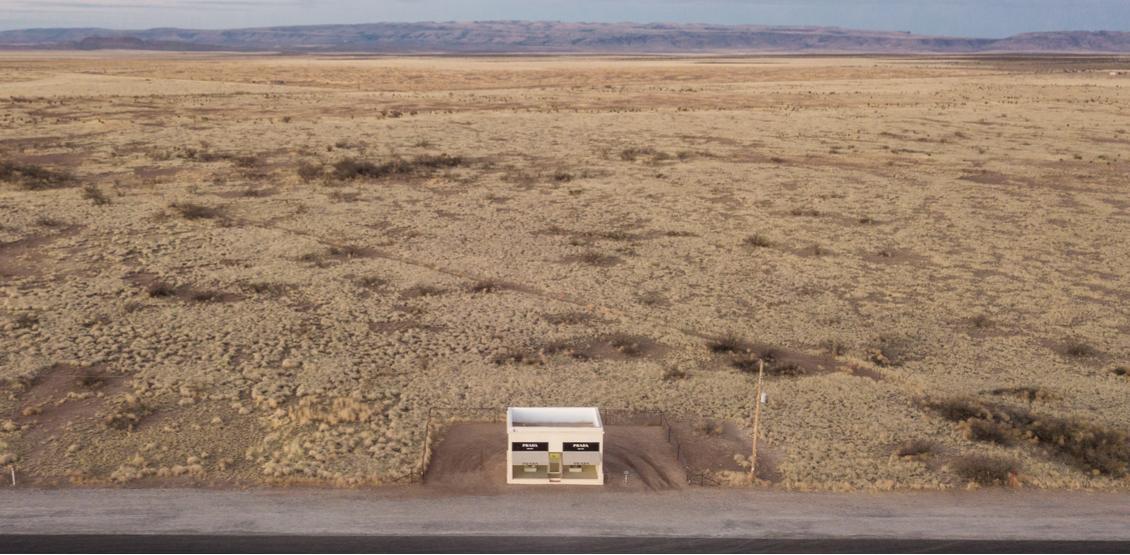We have spoken often on these pages about the importance of validating your contact data, to make sure you have a valid address and a quality lead. Whether it is a mistyped ZIP code, a lead pretending to be Donald Duck to fake out your marketing team, or a phony email address used to commit fraud, problems can and do occur. It takes planning to stay one step ahead of the bad guys or the bad data.
Which is why we were fascinated to hear about a new cottage industry that has sprung up in recent years: fake listings on Google Maps. By cataloging the streets and business listings of much of the planet, Google Maps has often become a go-to resource for finding a business. Unfortunately, this has also made this platform a tempting target for shady operators and unfair competitors.
A few years ago, some enthusiasts succeeded in pranking Google Maps with obviously fake business listings, just to show that they could do it. One hacker even managed to plant fake contact information for the FBI and the Secret Service, forwarding callers to the actual agencies while surreptitiously recording the calls. In cases like these, the goal was to try and get Google’s attention about flaws in their system and verification procedures.
Unfortunately, fake listings have also been exploited by people with darker motives than showing off their hacking talents. Here are some examples:
Contractor fraud: Some types of businesses, such as locksmiths or plumbers, are ripe for shady contractors who come to your home and then charge exorbitant prices. By placing a listing in your neighborhood using a phony address, they are able to swoop down from anywhere on unsuspecting homeowners. According to Google, this represents about 40% of their fake listings.
Fake reviews: In this case, real businesses have shadowy people post phony reviews to disparage their competitors or build up their own business – or phony businesses run by fraudsters use fake reviews to give themselves an air of legitimacy. Despite volunteer fraud-hunters and the threat of FTC fines, a listing on Google Maps may not accurately reflect a business’s true ratings.
Squatter’s rights: Here a scammer claims a listing for an actual business such as a restaurant, often pocketing online referral fees for customers who actually found this business via organic search. Google notes that 1 out of 10 of its fake Google Maps listing fall under this category.
To be fair, Google has made attempts to keep on top of this problem. In a 2017 report on one of their blogs, they note that that have tightened up their procedures for verifying new listings, and now claim to detect and disable 85% of fraudulent ones before they are posted – resulting in a 70% reduction in such listings from their peak in 2015. However, while pointing out that less than 0.5% of searches today are fraudulent, they acknowledge that they still aren’t perfect.
The lesson here? As former US President Ronald Reagan used to say at the height of the Cold War, “Trust but verify.” To which we would add, keep your data quality practices up-to-date with your own contact data assets. Good luck, and be careful out there!













